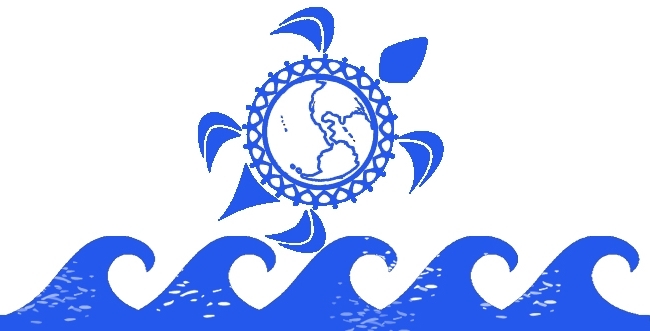Traditional Tribal Gaming
Ral Christman (VIEJAS), SDSU Graduate and Kumeyaay Cultural Ambassador joins InterTribal Youth at La Jolla Shores, traditional Coastal Territory. Photo by Juan Pazos.
With the general public's attention going to Tribal Gaming and Casinos, various tribal gaming enterprises bring notoriety and economic growth to communities. As some debate the social benefits of casinos, Native Like Water decides to focus on the cultural side of Traditional Tribal Gaming and its role in a healthy community. Games are at the core of a peoples culture, stories and re-creation.
In 2015-16, InterTribal Youth worked with Sycuan Institute for Tribal Gaming at San Diego State University with a two-prong approach to support the cultural side of gaming and at the same time introduce youth to the option of a university education in Tribal Gaming. Indian Country has an overwhelming need to fill upper-level management positions in Tribal Gaming Enterprise. "Youth from across California and beyond attend our program and this a perfect way to provide interest and the balance of social, cultural, recreational and higher education." Program Director, Marc Chavez states.
On NLW exchanges through the state of California and beyond, youth have their stick games, shell games, water games, and the like. All are eager to share.Open invitations to participate in traditional style canoe-style journeys and stick games from throughout the nation and internationally are received by ITY.
Curriculum also looks at how plants used to construct traditional game were also used as medicine. Program Director Marc Chavez states that these plants must take a center stage or at the very least be understood and at all times. Its not good enough for NLW just to look at plants for games; their meaning to a complete way of life must be integrated as much as possible.
Youth throughout the state of California share similar games
In an important work by SDSU American Indian Department's Dr. Richard Carrico highlights many strong findings. In TRADITIONAL INDIAN GAMING IN SAN DIEGO COUNTY: DEEPLY ROOTED AND MULTI-FACETED, Professor Carrico explains how special magic and good luck could be evoked for several tribes by rubbing the powder of the chuchupate plant on a players face and breast and also sprinkling some powder on the fire. Chuchupate is variously described as Ligusticum porteri or Umbellularia californica and is a perennial herb with many medicinal uses for various parts of the plant.
The Native Like Water’s Indigenous Culture, Science and Paddling Society is the answer to the call from sister nations to bring back our games, our water re-creation - to come and play. The youth in all of us craves to play. Go with what we know, feel is right. #ourtime #Letitflow.
Honored by Stan Rodriguez' participation to"Native Like Water"' Traditional Tribal Gaming Curriculum.
Stan Rodriguez' participation in Native Like Water's Traditional Tribal Gaming Curriculum. Stan is from the Ipay Kumeyaay Nation of Santa Ysabel Reservation, in San Diego. Stan has played a crucial role in the cultural revival going on in San Diego and in sharing the Kumeyaay Culture with government and municipalities needing cultural understanding. Stan is an instructor of the Kumeyaay language and culture at Kumeyaay Community College and receives a continual stream of invites to speak at universities, schools and communities across the state of California.
"Our culture has been like a clay pot that has fallen from the sky to the ground . . . there are shards of this pot which have flew all over the place . . . . each community has a shard and a piece of that culture [to be found both in San Diego and Baja California]." Stan says. "We are here to to put this pot back together".
During ITY's San Diego program, Stan, is often supported by his wife Martha Rodriguez. Martha is a master basket weaver, cultural expert and member of the Ipai-Kumiai Village of San Jose de la Zorra in Baja California, Mexico.
Also joining ITY is,The Barona Museum and Culture Center and special guests.
There are so many levels of meaning to Traditional Tribal Games. ITY and Native Like Water programs aim to promote a fuller understanding. In the works of SDSU Professor Carrico, he sites Michelsen describing several levels of gaming magic, protective actions, and sources of power that could be applied to aid in winning. Smudging with the smoke of ragweed (Ambrosia psilostachya or yerba sapo) was practiced before every serious competitive peon game.
Years ago, many Indigenous people were removed from their coastal homes and way of life. Loss of habitat, for any species, is the largest cause for extinction. ITY Founder and Director, Marc Chavez states “I strongly believe a re-introduction to ocean recreation, earth sciences, biology, and cultural research can benefit the youth and contribute, intellectually, to the university’s context on diversity”. See more on the Native Like Water Indigenous Coastal Culture and Science Program.
Traditional Hawaiian Board Games










